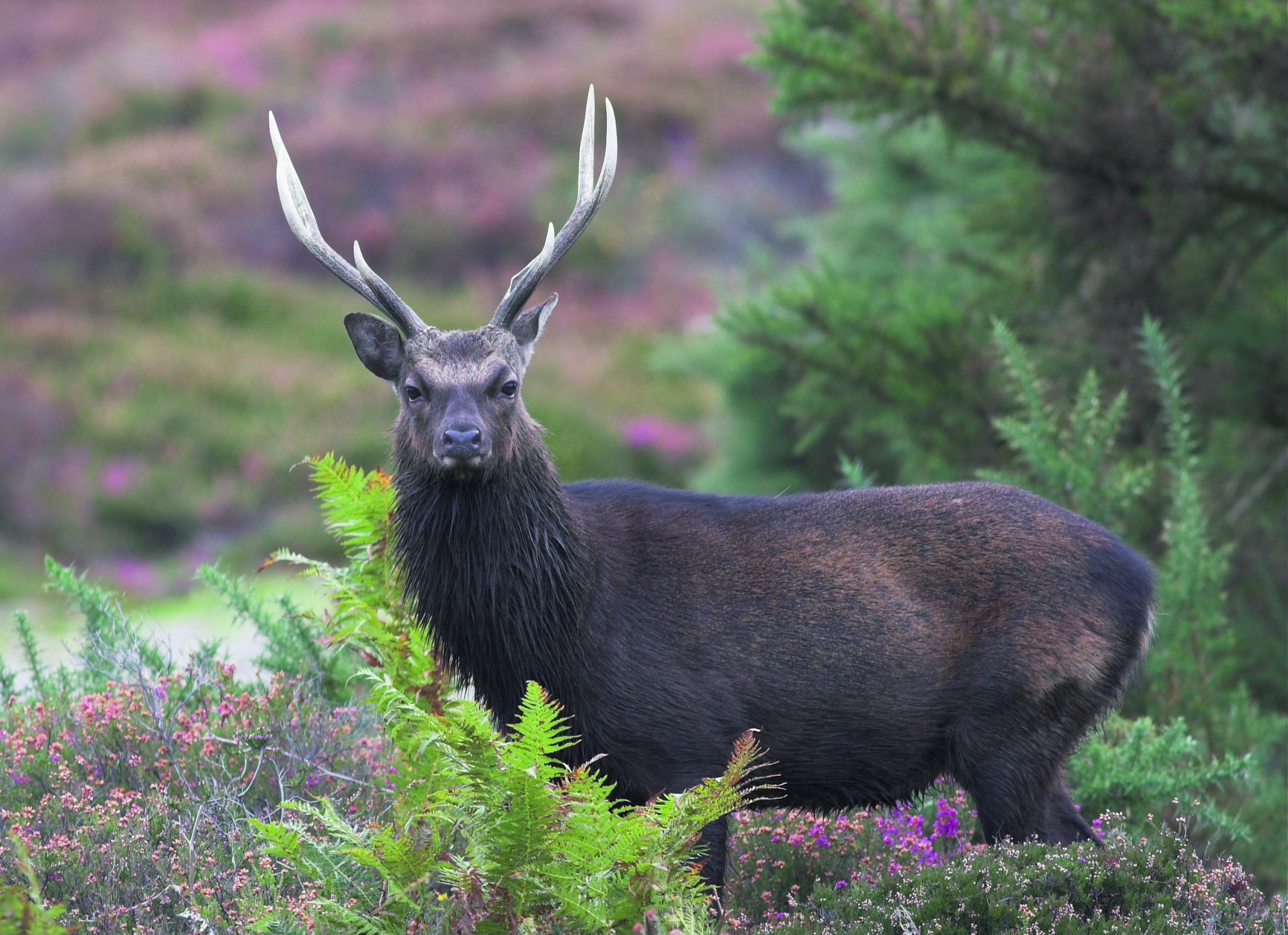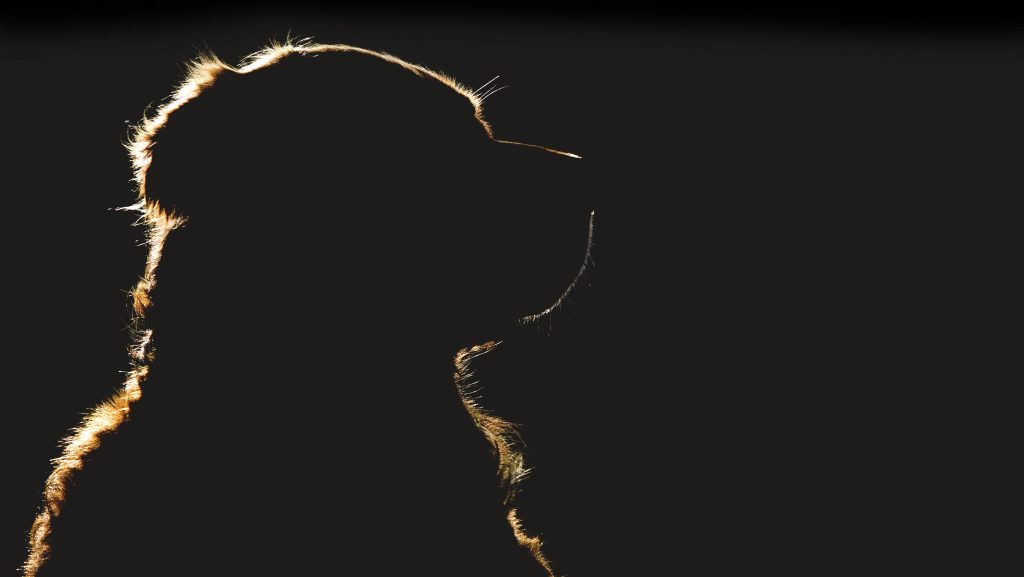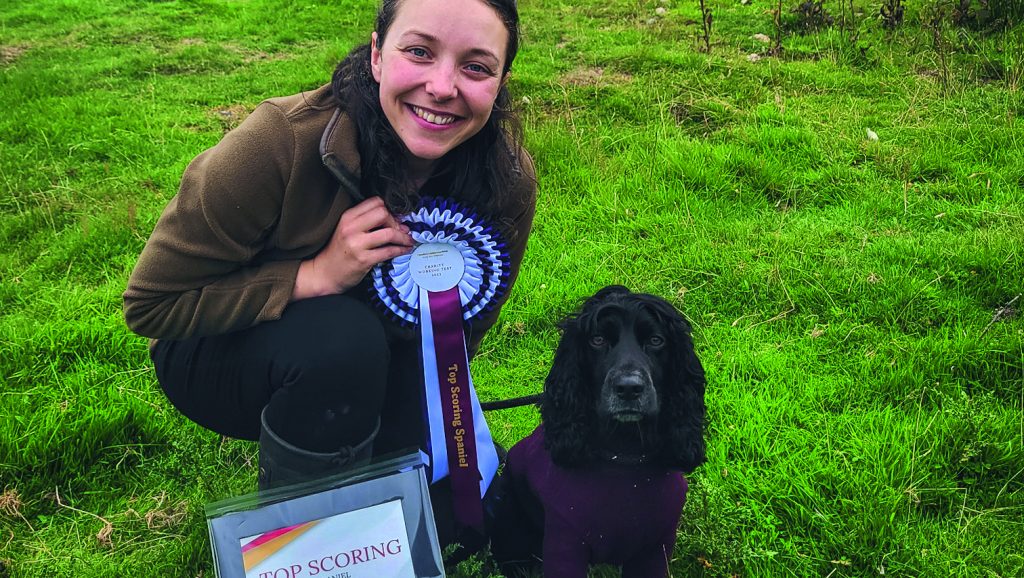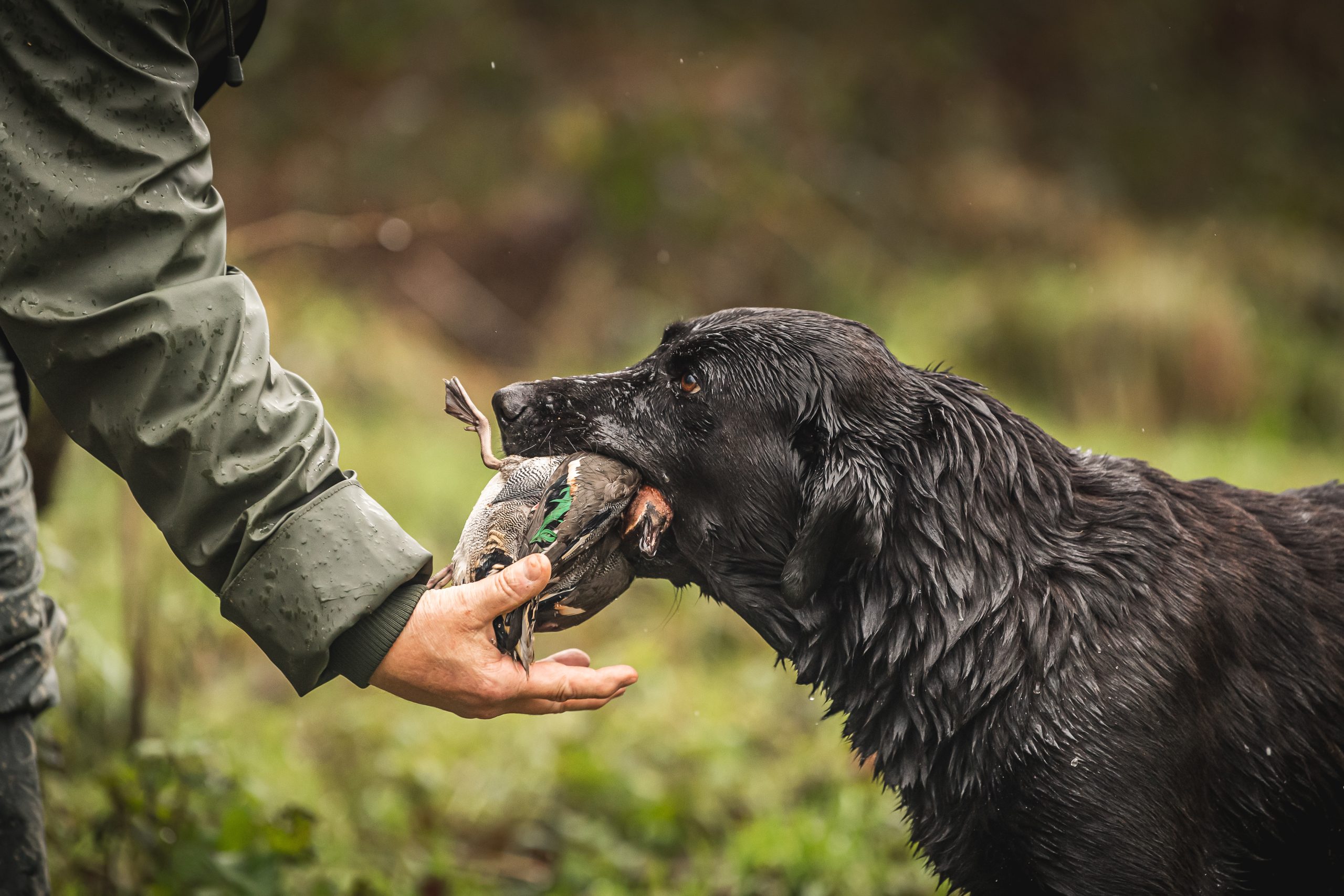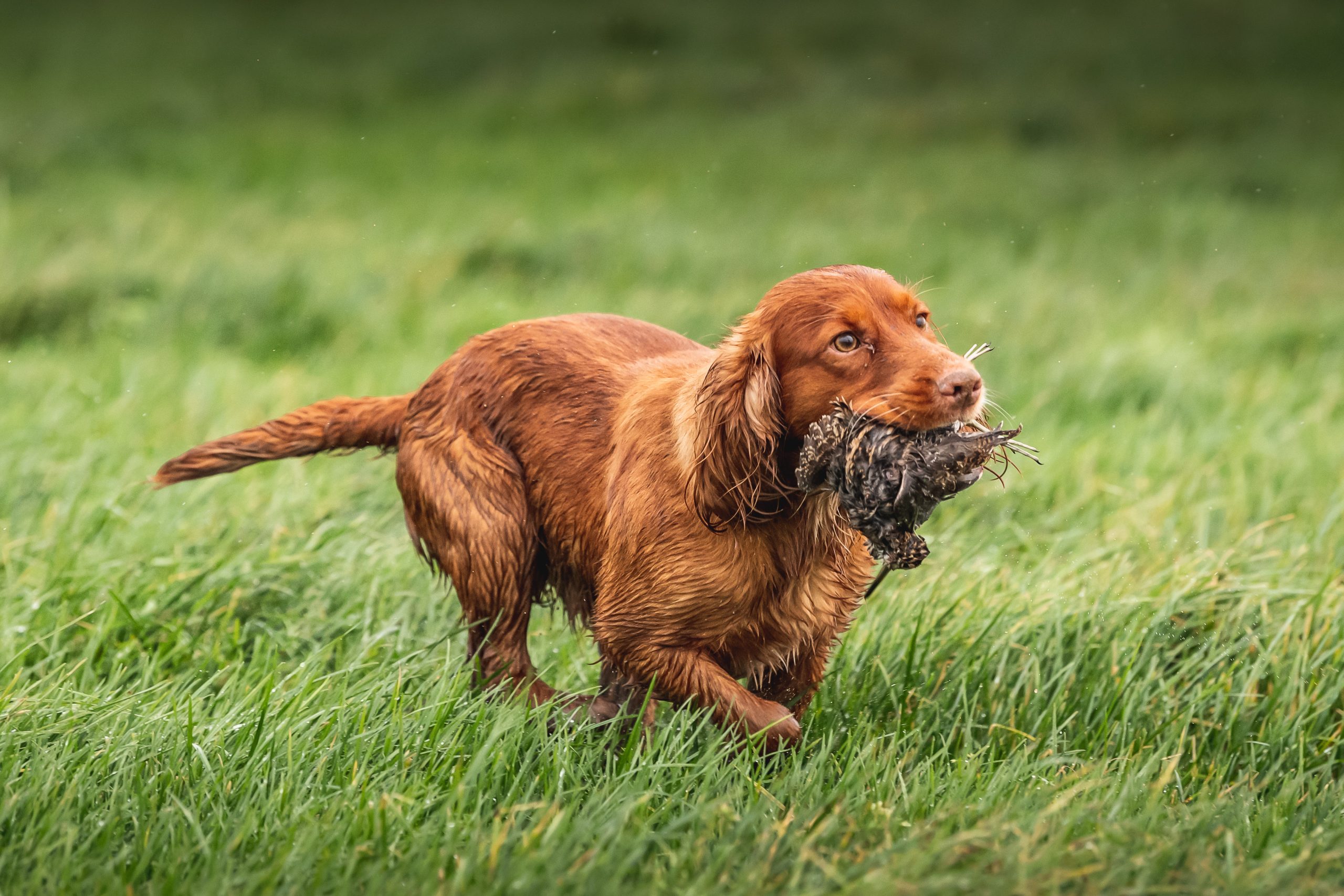Gundog news
Gundogs
Secrets of the Hungarian wirehaired vizsla success
Would you like to speak to our readers? We offer sponsored articles and advertising to put you in front of our audience. Find out more.
The Hungarian wirehaired vizsla (HWV) is a relatively new breed, created a century ago in Hungary by crossing smooth-haired vizslas with other pointer breeds — among them the German wirehaired pointer and the pudelpointer — to produce the dog we know today.
Tough, all-purpose hunting dog
The breed’s development was undertaken by gamekeepers and shooting men who wanted a tough, all-purpose hunting dog. Thanks to its wiry, protective coat, it can work in the harshest of conditions. Like its cousin the vizsla, the HWV is always a distinctive golden yellow or what the breed standard terms “golden sand to russet”.
Though the first smooth vizslas reached the UK as long ago as 1935, it wasn’t until 1952 that the foundation stock was imported. In contrast, the HWV arrived much later: Sheila Gray and Anna Coombe imported a pair in the early 1990s and under the Shannamaya affix bred the first litter in the UK. My first encounter with the breed came 16 years ago, when Clint Coventry and Anita Scott wrote to me at Shooting Times, suggesting that I might like to see their HWVs in action. They explained that they were outstanding working dogs but that few people were aware of the breed.
I’ve seen HWVs working on grouse moors in both Scotland and England, as well as lowland shoots in England, so it is a breed I’ve become familiar with and the talents of which I’m well aware of. However, it remains one that many shooting men fail to recognise. On one shoot where I beat, the keeper works a team of HWVs — never a shoot goes by without someone asking what they are.
For a breed that has been in the country for less than 30 years, the HWV has become remarkably well established, its numbers increasing year by year. Ten years ago, 252 puppies were registered with the Kennel Club. Last year the figure was 682. True, that’s a long way behind the vizsla (2,333 registrations last year) but I suspect a much greater proportion of the HWV puppies are destined for a working career. Incidentally, German shorthaired pointer registrations over the same period have remained static at between 1,400 and 1,500 a year.
Related articles
Gundogs
Saying goodbye to a gundog
It’s the most difficult of subjects but here Tom Jones faces up to the sad reality of losing a beloved gundog and realises just how much they give us.
By Time Well Spent
Gundogs
How to curb nerves on your first working test
What can gundog handlers learn from sport psychology? Novice handler Emily Cartigny tries to curb the nerves in her first working test.
By Time Well Spent
Manage Consent
To provide the best experiences, we use technologies like cookies to store and/or access device information. Consenting to these technologies will allow us to process data such as browsing behavior or unique IDs on this site. Not consenting or withdrawing consent, may adversely affect certain features and functions.
Functional Always active
The technical storage or access is strictly necessary for the legitimate purpose of enabling the use of a specific service explicitly requested by the subscriber or user, or for the sole purpose of carrying out the transmission of a communication over an electronic communications network.
Preferences
The technical storage or access is necessary for the legitimate purpose of storing preferences that are not requested by the subscriber or user.
Statistics
The technical storage or access that is used exclusively for statistical purposes.
The technical storage or access that is used exclusively for anonymous statistical purposes. Without a subpoena, voluntary compliance on the part of your Internet Service Provider, or additional records from a third party, information stored or retrieved for this purpose alone cannot usually be used to identify you.
Marketing
The technical storage or access is required to create user profiles to send advertising, or to track the user on a website or across several websites for similar marketing purposes.



